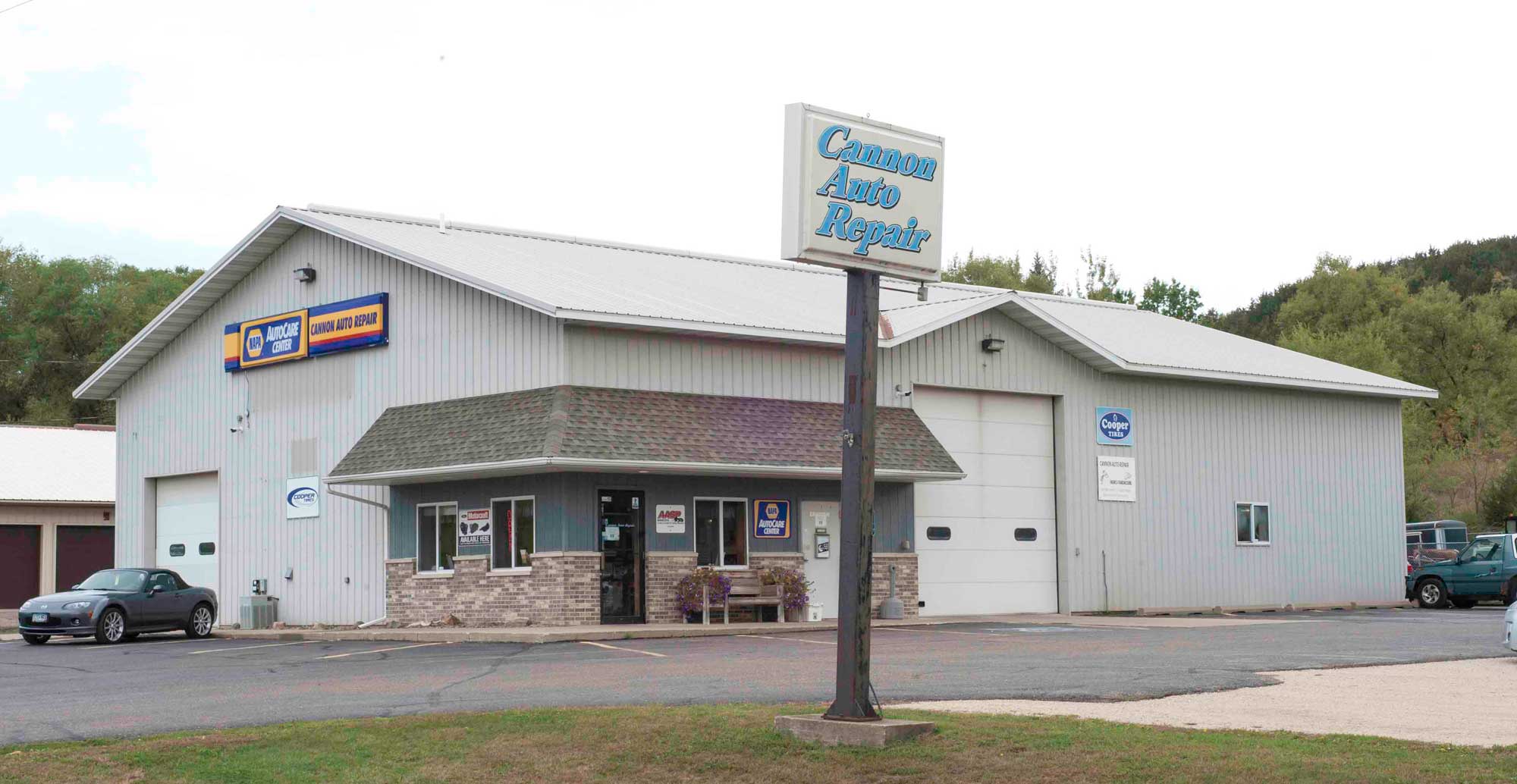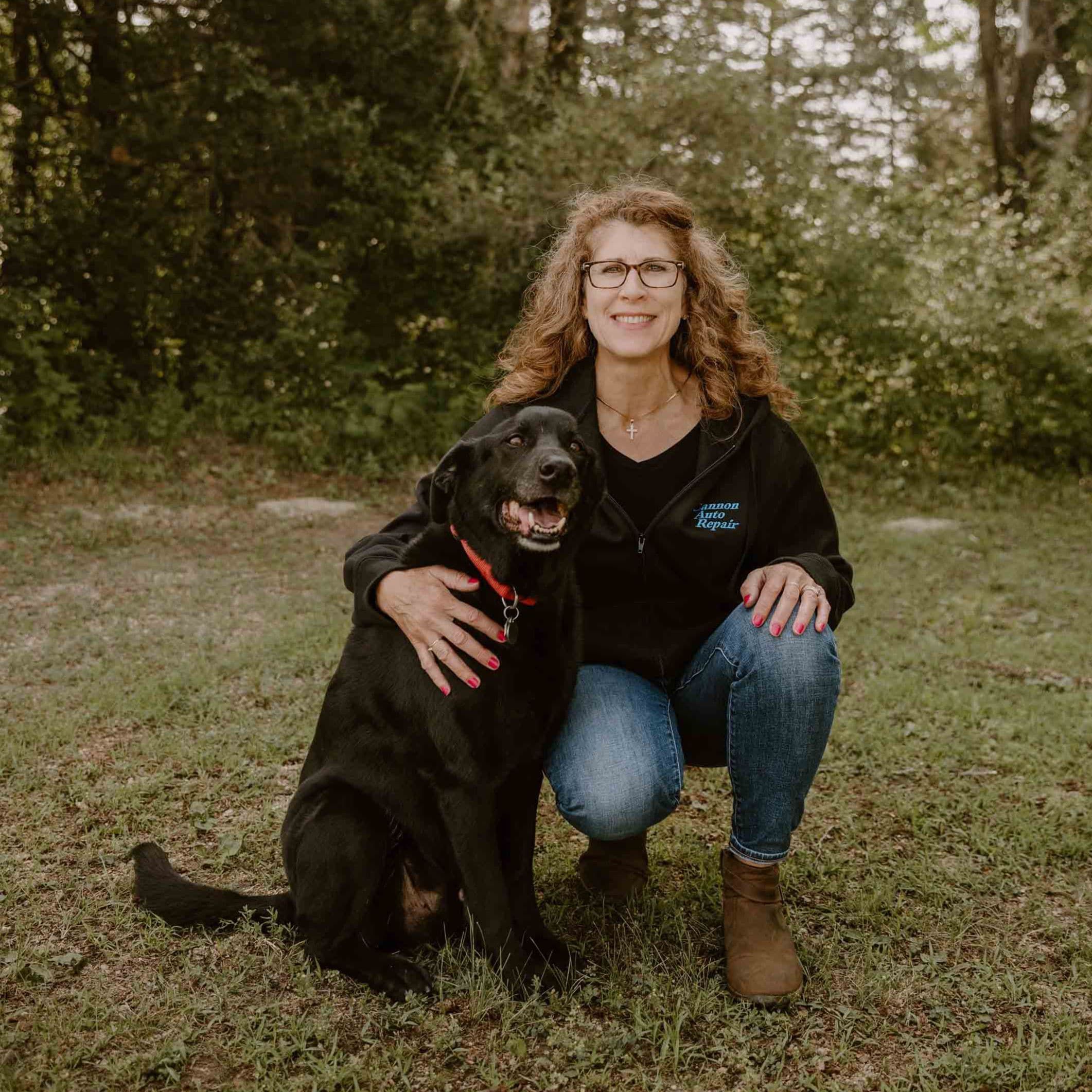How Does Wheel Alignment Work?
Some drivers wonder how does wheel alignment work and why is it necessary. To put it simply, a car alignment is basically when a car is perfectly perpendicular and level when driving. When the alignment is impaired, it causes uneven tire wear and unsafe driving as it is easier to lose control of the vehicle.
The proper alignment is determined with measurements graduated by degrees. Mechanics use these measurements to return the vehicle to alignment in three basic ways; the camber, caster and toe. When these measurements are correct, you will have a car that preserves tires, drives straight, and drives safely.
However, some vehicle owners may be more curious and wonder how does wheel alignment work? Here are the three measurements that need to be aligned:
Camber
Camber refers to the wheel’s angle, determined from a forward view of the car. If the wheel leans, it will cause tread wear on a single side and will also cause a car to pull to one side while driving.
Caster
When a car turns, it pivots on a suspension. When this pivot point is not angled correctly, the caster must be adjusted through an car alignment. Visually, caster is determined from the side of the vehicle. If the caster is off, this not only causes pulling to a side, it can also cause a car to not drive straight or turn properly making it dangerous for driving.
Toe Alignments
Toe measures the angle between the front and back tires which determines if they are parallel to their opposing sides. When the toe is not aligned, tires on vehicles wear very quickly, and the wear pattern is practically even. Some aspects differ in aligning vehicles based on if a car is a front wheel or rear wheel.
Do you have more questions about how does wheel alignment work? Contact our ASE Certified Technicians at Cannon Auto Repair today for more information about car alignment and to schedule an appointment. Our auto shop serves vehicle owners in Cannon Falls, MN and other surrounding areas.

Some drivers wonder how does wheel alignment work and why is it necessary. To put it simply, a car alignment is basically when a car is perfectly perpendicular and level when driving. When the alignment is impaired, it causes uneven tire wear and unsafe driving as it is easier to lose control of the vehicle.
The proper alignment is determined with measurements graduated by degrees. Mechanics use these measurements to return the vehicle to alignment in three basic ways; the camber, caster and toe. When these measurements are correct, you will have a car that preserves tires, drives straight, and drives safely.
However, some vehicle owners may be more curious and wonder how does wheel alignment work? Here are the three measurements that need to be aligned:
Camber
Camber refers to the wheel’s angle, determined from a forward view of the car. If the wheel leans, it will cause tread wear on a single side and will also cause a car to pull to one side while driving.
Caster
When a car turns, it pivots on a suspension. When this pivot point is not angled correctly, the caster must be adjusted through an car alignment. Visually, caster is determined from the side of the vehicle. If the caster is off, this not only causes pulling to a side, it can also cause a car to not drive straight or turn properly making it dangerous for driving.
Toe Alignments
Toe measures the angle between the front and back tires which determines if they are parallel to their opposing sides. When the toe is not aligned, tires on vehicles wear very quickly, and the wear pattern is practically even. Some aspects differ in aligning vehicles based on if a car is a front wheel or rear wheel.
Do you have more questions about how does wheel alignment work? Contact our ASE Certified Technicians at Cannon Auto Repair today for more information about car alignment and to schedule an appointment. Our auto shop serves vehicle owners in Cannon Falls, MN and other surrounding areas.



